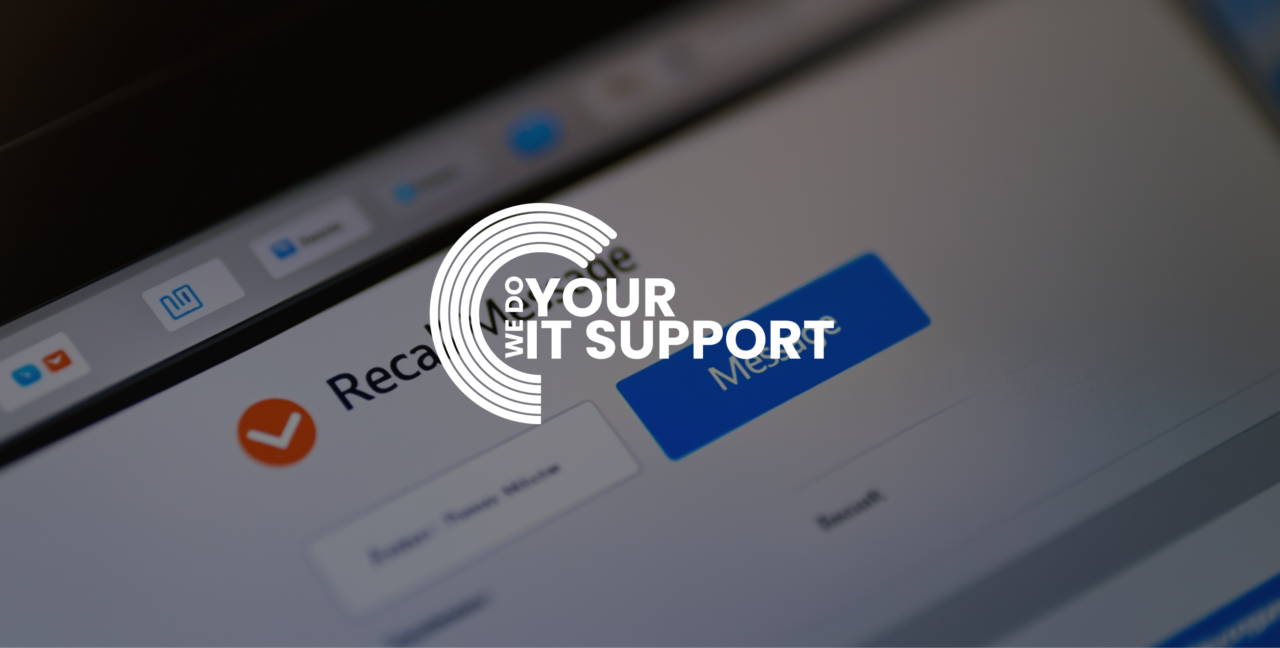

Email authentication protocols are important tools that help protect your organisation against email spoofing. They ensure the emails sent from your domain are legitimate and properly configured. In this article, we’ll discuss what each protocol is, how they work and why they’re essential for email security.
Is there more information you can add under this heading without repeating anything that is already mentioned in this document? Yes or No, one word.
SPF stands for Sender Policy Framework. It helps identify which mail servers are allowed to send emails on behalf of a particular domain. A sender policy is created by adding a special TXT record to the Domain Name System (DNS) records of the domain. The SPF record is then used to authenticate incoming emails.
DKIM stands for DomainKeys Identified Mail. DKIM works by signing outbound emails with a special digital signature, which is validated by the receiving server. The signature verifies that the email was sent from an authorised domain and hasn’t been modified in transit. This helps identify and prevent email spoofing attacks.
DMARC stands for Domain-based Message Authentication Reporting & Conformance. DMARC is an authentication protocol that combines both SPF and DKIM authentication methods into one protocol to provide more comprehensive protection against email spoofing. It also provides feedback on the effectiveness of each protocols implementation, informing you if any changes need to be made to your SPF or DKIM records.
Email authentication protocols are important because they help to prevent malicious actors from spoofing your domain and sending fraudulent emails. Without them, hackers could easily send spoofed emails that appear to be coming from legitimate sources, such as your company’s address or even yours. This kind of activity could lead to serious security breaches and data loss.
Another reason why these protocols are essential is that they improve the deliverability of your emails. If the receiving mail server detects an email is not properly authenticated, it may reject it or mark it as spam. This means your legitimate emails won’t even make it into the recipient’s inbox!
If these protocols aren’t properly configured or implemented correctly, it can lead to a number of consequences such as:
• An increase in spam and phishing attacks targeting your users
• Deliverability issues due to unauthenticated emails being blocked by receiving mail servers
• An impaired reputation for your domain, leading to a decrease in trust from recipients
SPF, DKIM and DMARC are important email authentication protocols that help protect your organisation from email spoofing attacks. They ensure the emails sent from your domain are legitimate and properly configured. If these protocols aren’t set up correctly, it can lead to increased spam and phishing attacks as well as deliverability issues. Therefore, it is essential to properly configure and implement these protocols in order to ensure the security of your emails.

